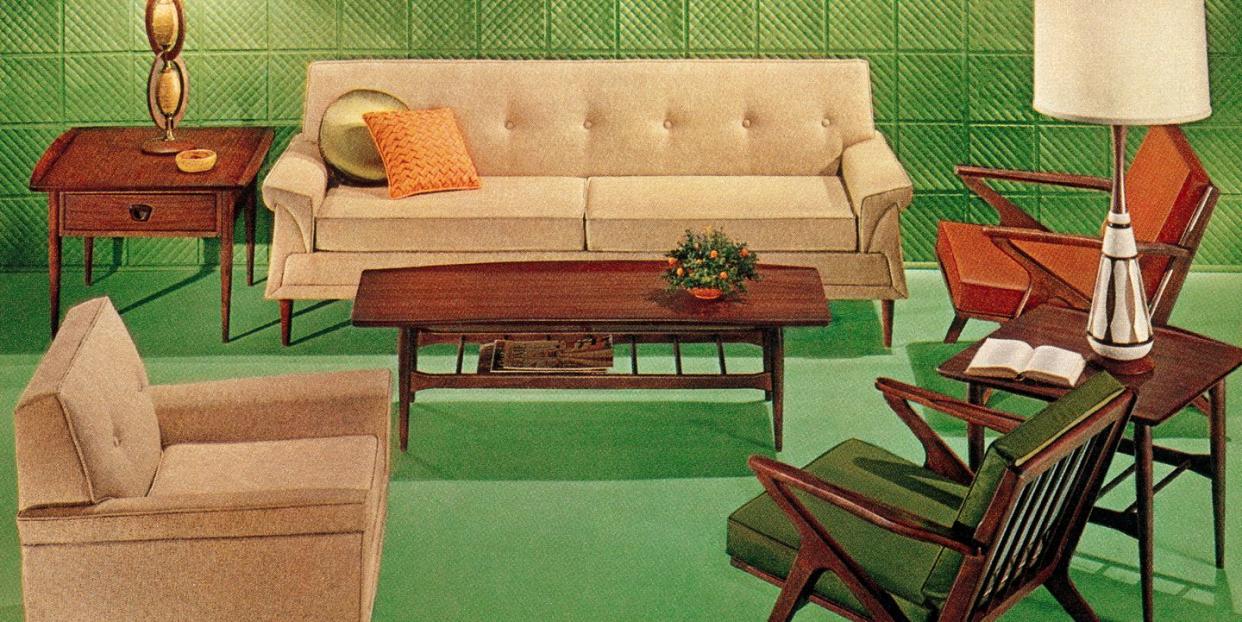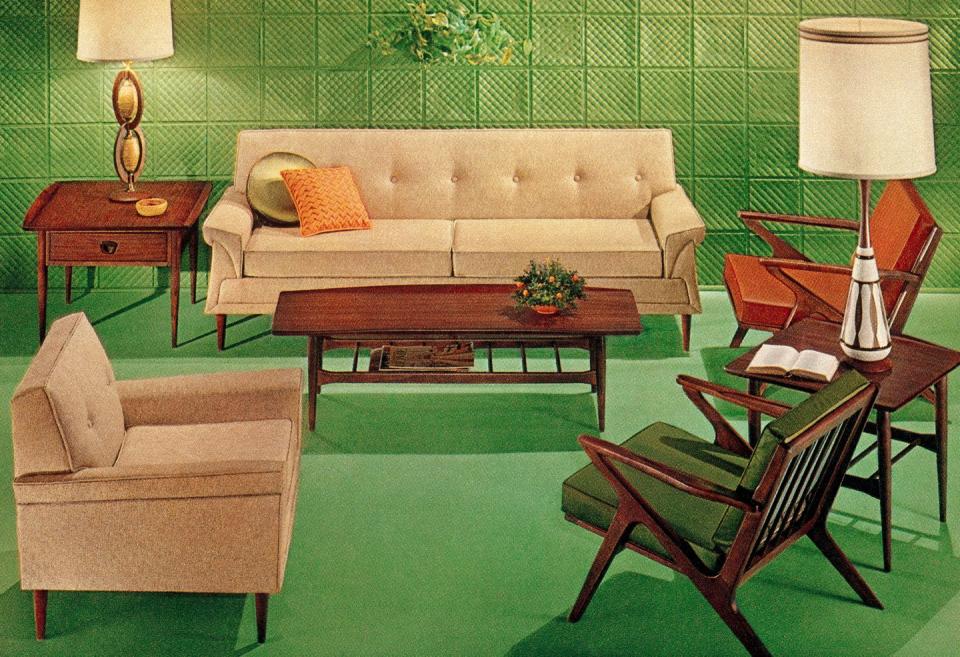Designers Debunk the Difference Between Antique and Vintage

What distinguishes an antique from a vintage piece? The answer to this riddle, most designers concur, is a century—give or take.
“If you go by the rules, technically a piece has to be 100 years old to be considered an antique,” explains designer Roger Higgins of R. Higgins Interiors. But when it comes to vintage, Higgins says, the guidelines are far less defined.
Vintage could refer to just about anything these days, from Art Deco pieces of the 1930s all the way on up to the, eek, motivational signs that took over bedroom walls in the 2010s. (Though, worth noting, most designers wouldn’t consider any trends of the 2000s to be vintage ... yet).
“Antiques are typically classified as being 100 years or older and vintage pieces are anything less than that,” says interior designer Linda Eyles. “For me, if I’m working with something that is midcentury on up to about the 90s, I would consider that vintage."
When it comes to designing with vintage pieces, Eyles says, a little goes a very long way and they can make a big impact as accessories. Think: small tables, mirrors, or lamps to bring color and a sculptural element to a space, she says. Or, you can ease into vintage design by popping in napkin rings from, say, the 80s with rose-patterned china at your next dinner party.
Love knowing all the latest design trends? We’ve got you covered
Eyles always likes to have at least one antique piece on every project because it “brings depth and soul to a home.” She’s a cheerleader for clean pieces—a Louis Phillippe chest in an entry, for example. On a favorite project she completed in a client’s living room, Eyles paired a group of geometric Biedermeier chairs with a Saarinen Tulip table, a flower-shaped table with a tapered “stem” leg that was pioneered a half century ago by architect and industrial designer Eero Saarinen.

But there’s one more important point in defining antique vs. vintage. The terms designers use to describe “older” pieces infer more than just time periods, explains interior designer Samantha Gallacher of IG Workshop and the founder of Art+Loom based in Miami. Beyond being 100 years or older, antiques have a historic feel. Vintage, in Gallacher’s opinion, ranges from the 1920s to the 1980s but is also synonymous with original and authentic when it comes to inspiration and design, especially for the home.
For a curveball, "retro" is used to describe something with an older style, but it isn’t confined to a certain time period, Gallacher explains.
“The piece itself may not be original or older but instead it could be a contemporary reproduction that references a style from the past,” she explains. (Hello, Smeg appliances!)
Want to incorporate more vintage and antique finds into your own home? Here are five furniture items and home accessories you should always buy secondhand.
Follow House Beautiful on Instagram.
You Might Also Like

